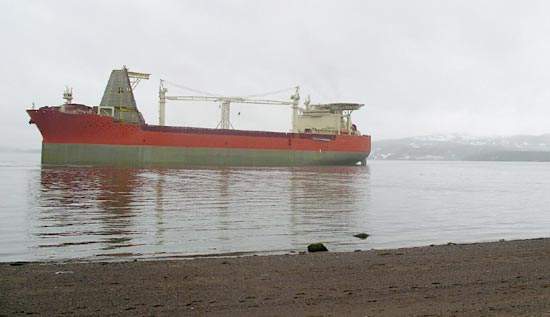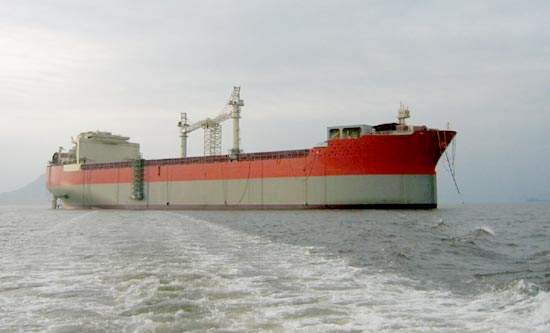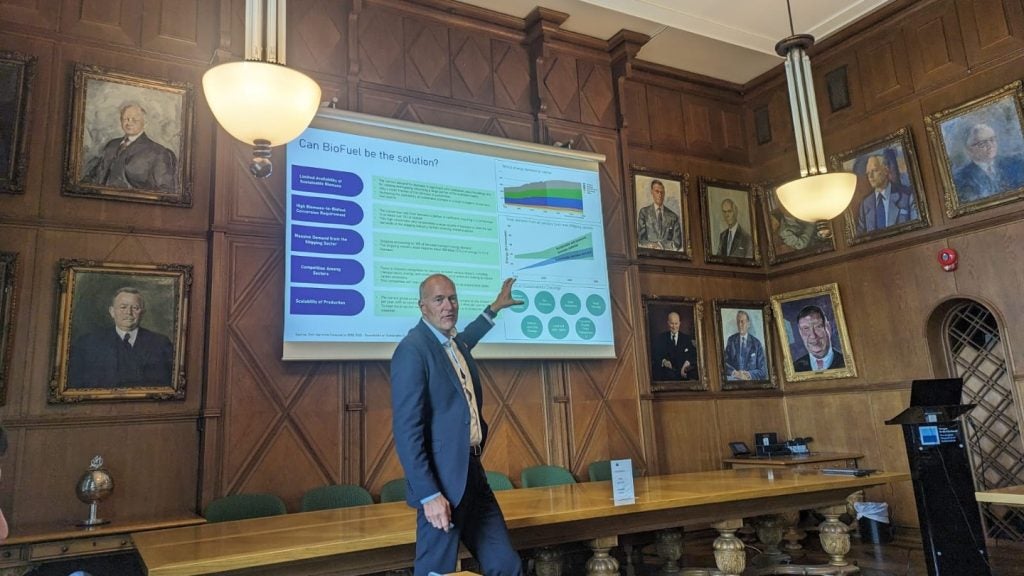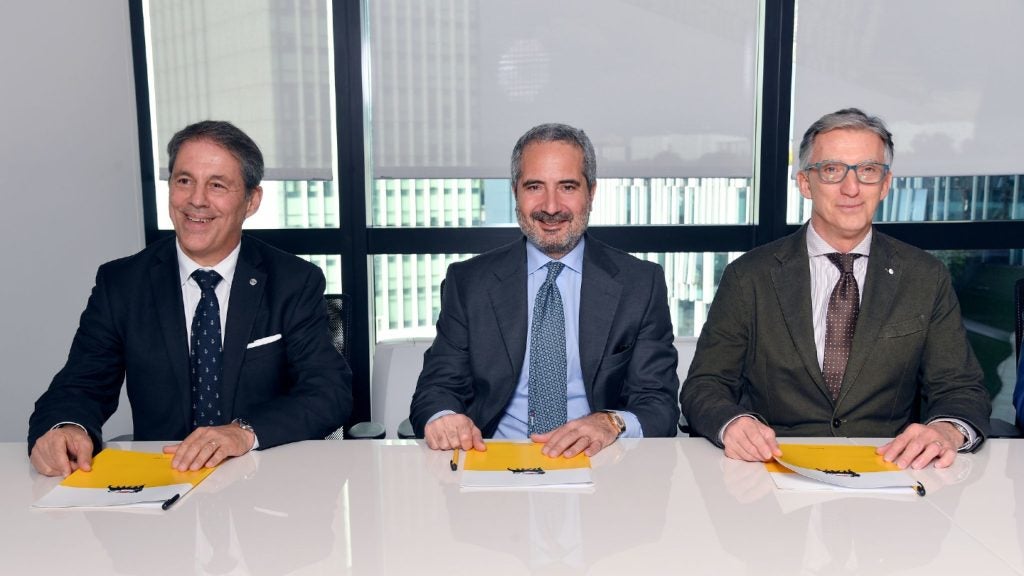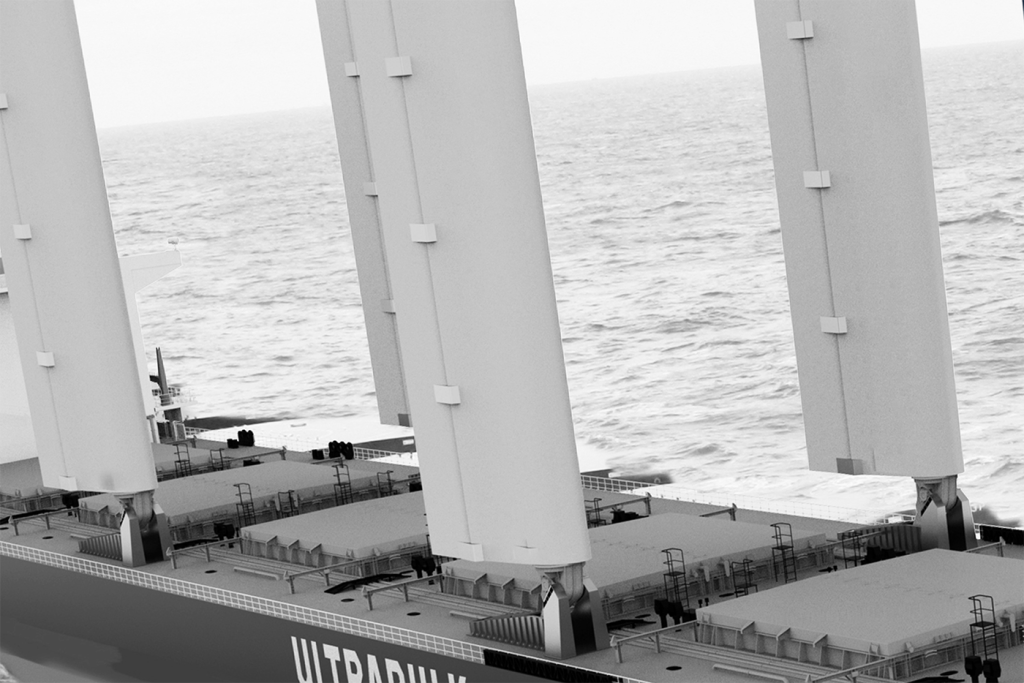Husky Energy, in a co-venture with Petro-Canada, officially sanctioned the White Rose oil field in March 2002. First oil production was achieved in November 2005. Following an extensive concept selection process, Husky decided to develop the White Rose oil field with a purpose-built FPSO. In October 2000, a Front End Engineering Design (FEED) study was awarded to Maersk Contractors, which later carried out the project management contract for the Engineering Procurement Integration and Commissioning (EPIC) phase.
Samsung Heavy Industries was responsible for the design, fabrication, commissioning and delivery of the hull, complete with accommodation, helideck, topsides support stools and turret. The vessel is based on a Samsung shuttle tanker hull form modified to serve as an FPSO. Modifications include deepening of the hull by 4m and changes to the bow. It has been strengthened to withstand a 100,000t iceberg.
The entire model testing on the hull was carried out at the Institute for Marine Dynamics (IMD) in St. John’s, Newfoundland, and coordinated by Oceanic.
The Searose has an overall length of 267m, or 256m between perpendiculars. The box-shaped double-skin hull has a 46m moulded breadth and a 26.6m moulded depth. It has a design draught of 18m, a 127,000t deadweight and a displacement of 187,100t. It has a cargo capacity of 148,200m³ of liquids and carries 3,700m³ of diesel oil which is consumed at a rate of 58.3t/d by the main engine.
After the completion of successful sea trials, the Searose arrived at the White Rose oil field on 22 August 2005. Under preparation for oil production, it was connected to a subsea production system and underwent a three months of offshore hook-up.
Tanks and pumps
There are 12 cargo tanks as well as two slop tanks. Three Shinko electric cargo pumps each have a capacity of 4,000m³/h. Ballast is controlled by a Siemens Simatic S7-400 ballast system. For offloading, there is a hydraulic reel system based on a 120m, 508mm-diameter loading hose.
Topsides
The topsides of the Searose process all incoming well fluids from the reservoir and produce crude oil for cargo, gas for fuel and re-injection back into the reservoir, and oil-free water to discharge to sea.
The topsides processing equipment consists of a three-stage oil stabilization train, a three-stage gas compression train, water injection facilities, power generation, produced water clean-up facilities and other utilities required for processing well fluids.
Aker Maritime Kiewit Contractors was awarded a lump sum contract to design and fabricate the topsides. The topsides fabrication and installation has been completed at Marystown shipyard.
The turret is located inside the hull between Nos. 1 and 2 cargo tanks. This position enables the FPSO to weather-vane without any support from the propulsion system. Production from the subsea wells is taken from flexible riser pipes through Quick Connect Disconnect (QC/DC) couplings via a swivel arrangement across to the topsides process equipment.
Engines and power
The main engines area a pair of Wartsila 8L46B units with an output of 7,800kW at 500rpm. These are linked to Wartsila SCV95 gearboxes delivering an output speed of 132rpm. Propulsion is by a pair of Lips 5,500mm-diameter controllable pitch propellers. At 32rpm, it has an output speed of 12 knots MCR. Control is by two Schilling rudders.
Power is by provided by a pair of diesel-driven gensets. The Wartsila 6R 32LNE engines, with an output of 2,630kW at 720rpm, are each linked to an ABB alternator with an output of 2,250kW at 720rpm.
The Searose is classified by Det Norske Veritas under the notation +A1 Oil Production and Storage Vessel, Nauticus, Coat-2, POSMOOR, ICS, ECO, HELIDECK.



